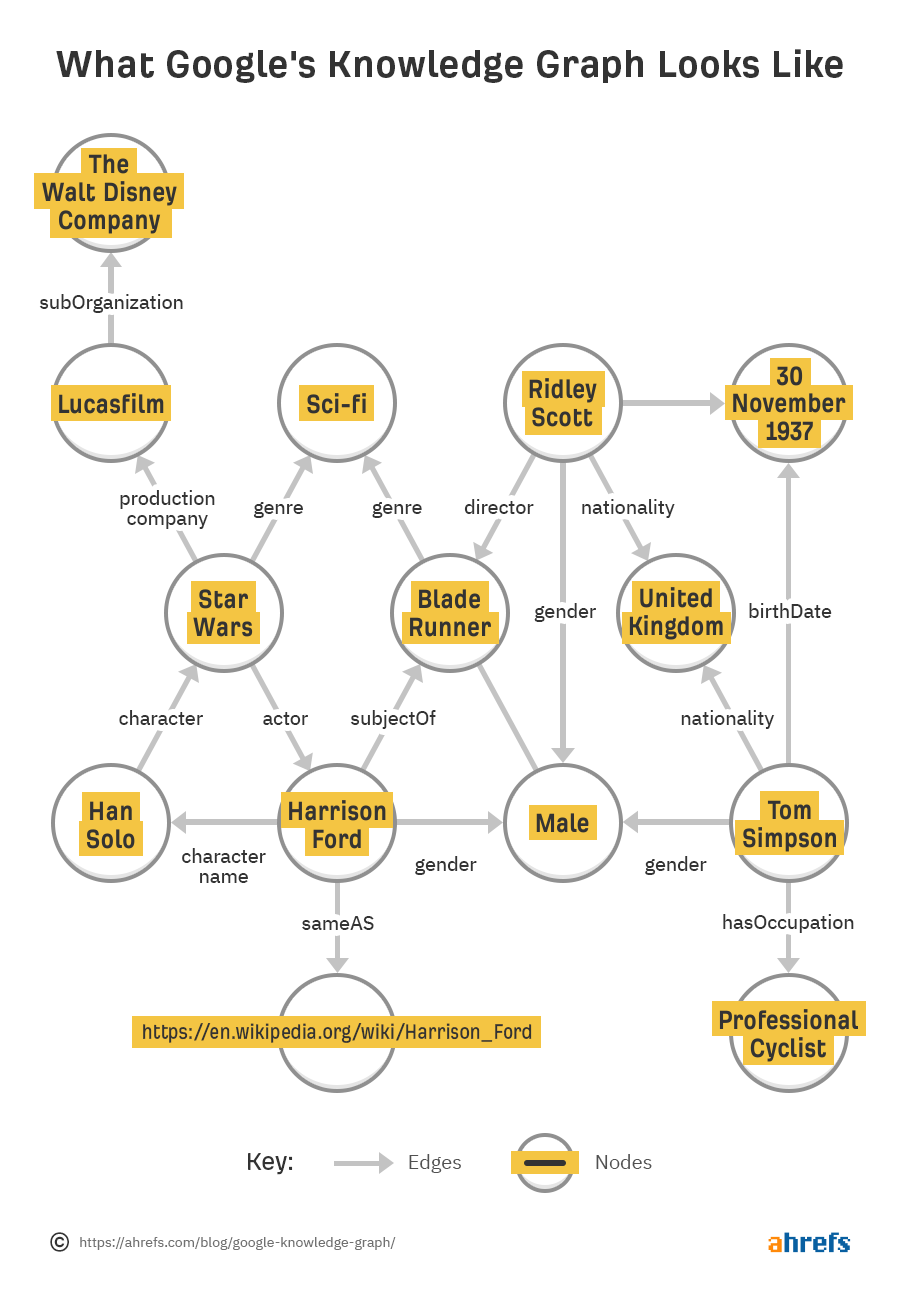Podcast 3: 7 Revolutionary Strategies for Entity Building & Google’s Knowledge Graph Mastery

Entity building has become the cornerstone of modern SEO strategy, fundamentally transforming how search engines understand and interpret content. In this comprehensive exploration from Podcast 3, we delve deep into the intricate relationship between entity optimization and Google’s Knowledge Graph, revealing actionable insights that can dramatically improve your search visibility and organic rankings.

Google’s Knowledge Graph represents a massive semantic network containing billions of entities and their interconnected relationships. Understanding how to leverage this powerful system through strategic entity building can provide your content with unprecedented search engine authority and topical relevance. The methodologies discussed in this analysis will help you navigate the complex landscape of semantic SEO and establish your brand as a recognized entity within Google’s vast knowledge ecosystem.
Understanding the Foundation of Google’s Knowledge Graph
The Knowledge Graph functions as Google’s attempt to understand the real world through entities, attributes, and relationships rather than simply matching keywords. This semantic approach allows search engines to provide more contextually relevant results by understanding the intent behind search queries and the connections between different concepts, people, places, and organizations.
Sarah Martinez, SEO Strategist: “The shift from keyword-focused optimization to entity-based SEO represents the most significant evolution in search technology since PageRank. When we understand how Google categorizes and connects entities, we can structure our content to align with these semantic relationships.”
Dr. Michael Chen, Search Algorithm Researcher: “Entity building isn’t just about getting recognized by Google’s Knowledge Graph; it’s about creating a comprehensive digital footprint that establishes authority, expertise, and trustworthiness across multiple platforms and data sources. The algorithms now prioritize content that demonstrates clear entity relationships and semantic coherence.”
Sarah Martinez: “One of the most effective strategies we’ve implemented involves creating structured data markup that explicitly defines entity relationships. This includes using Schema.org markup to identify key entities within your content and establishing clear hierarchical relationships between primary and secondary entities.”
Advanced Podcast 3 Techniques for Entity Optimization
Dr. Michael Chen: “The technical implementation of the Podcast 3 entity building requires a multi-faceted approach that combines on-page optimization, structured data implementation, and external validation signals. We need to create what I call ‘entity clusters’ – groups of related content that reinforce the semantic relationships between different concepts and strengthen the overall topical authority of your domain.”
Sarah Martinez: “External validation plays a crucial role in entity recognition. This includes securing mentions in authoritative knowledge bases like Wikipedia, Wikidata, and industry-specific databases. These citations serve as trust signals that help Google verify the legitimacy and importance of your entities within their respective domains.”
Dr. Michael Chen: “Content clustering strategies have proven particularly effective for entity building. By creating comprehensive topic hubs that cover all aspects of a particular entity or concept, we can demonstrate expertise and authority while establishing clear semantic relationships that Google’s algorithms can easily understand and categorize.”
Sarah Martinez: “The integration of Knowledge Graph optimization with traditional SEO practices requires careful balance. While we focus on entity relationships and semantic markup, we cannot ignore fundamental ranking factors like content quality, user experience, and technical optimization. The most successful strategies combine both approaches seamlessly.”
Measuring Success and Future Implications
Dr. Michael Chen: “Tracking the success of entity building initiatives requires sophisticated monitoring tools and methodologies. We analyze entity recognition through Knowledge Graph API queries, monitor branded search improvements, and track the appearance of rich snippets and knowledge panels associated with our target entities.”
Sarah Martinez: “The future of SEO lies increasingly in understanding and optimizing for entity relationships rather than individual keywords. As natural language processing continues to advance, search engines will become even more sophisticated in their ability to understand context, intent, and semantic meaning. Organizations that invest in entity building today will have significant competitive advantages in tomorrow’s search landscape.”
Dr. Michael Chen: “The convergence of artificial intelligence, machine learning, and semantic search technologies creates unprecedented opportunities for brands willing to embrace entity-focused optimization strategies. By establishing strong entity signals and maintaining consistent NAP data across all digital touchpoints, businesses can achieve remarkable improvements in search visibility and user engagement metrics.”
Sarah Martinez: “Implementation success depends heavily on maintaining data consistency across all platforms and continuously updating entity information as business circumstances change. The Knowledge Graph thrives on accurate, up-to-date information, making ongoing maintenance a critical component of any effective entity building strategy.”
The insights shared in this Podcast 3 discussion demonstrate that entity building and Knowledge Graph optimization represent fundamental shifts in how we approach search engine optimization. Success requires technical expertise, strategic thinking, and consistent execution across multiple digital platforms and data sources.






